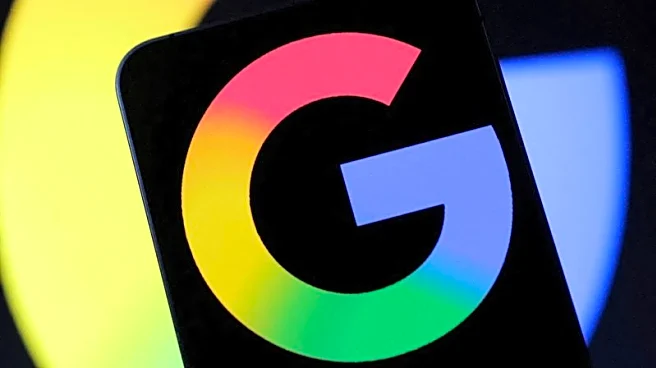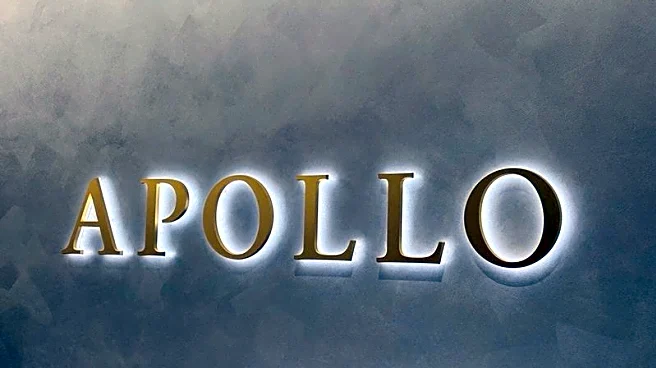What's Happening?
Illinois has received its 10th credit rating upgrade from Moody’s Ratings, moving from A3 to A2, due to improved financial metrics and rising reserves. Governor JB Pritzker has been instrumental in this financial turnaround, having paid down over $16
billion in unpaid bills and increased the state's rainy day fund to a record $2.4 billion. Despite these improvements, Illinois still faces challenges, including underfunded pensions and high leverage. Pritzker has directed state agencies to cut costs and allocate up to 4% of their budgets into reserves to mitigate risks associated with federal funding shifts.
Why It's Important?
The credit rating upgrade is crucial for Illinois as it reduces interest payments and demonstrates fiscal discipline, potentially saving taxpayers millions. This financial improvement is significant given Illinois' previous status as the worst-rated U.S. state. The upgrade reflects the state's commitment to stabilizing its finances, which is essential for attracting investment and ensuring economic growth. However, the state's substantial pension liabilities remain a concern, highlighting the need for ongoing fiscal management and reform.
What's Next?
Illinois will continue to focus on strengthening its financial position, with efforts to further increase reserves and address pension liabilities. Governor Pritzker's administration may face political challenges, particularly in negotiations with the federal government over funding and policy shifts. The state's financial strategies will likely be scrutinized as Pritzker seeks re-election, with fiscal management being a key campaign issue.
Beyond the Headlines
The credit rating upgrade may influence other states facing similar financial challenges, encouraging them to adopt fiscal discipline and reserve-building strategies. Illinois' experience underscores the importance of proactive financial management in mitigating risks and achieving long-term stability. The state's fiscal policies could serve as a model for addressing high leverage and unfunded liabilities.















